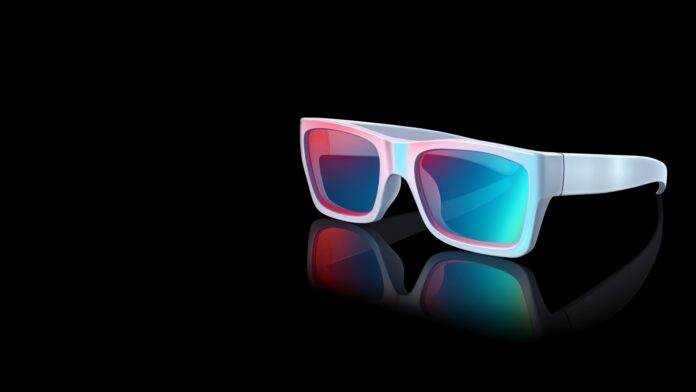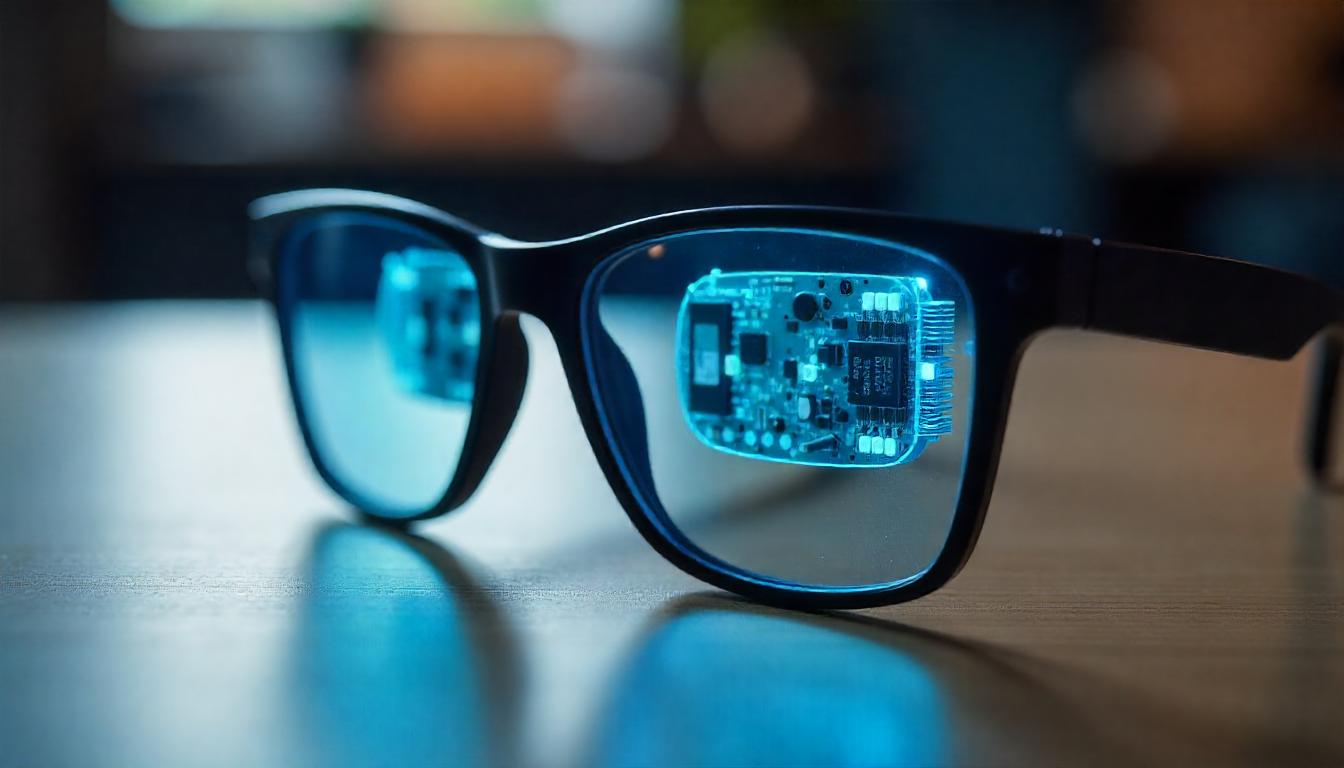Following the unveiling of Vision Pro last year, Apple is expected to add smart glasses to its wearables line. Apple, in the words of Bloomberg’s Mark Gurman, has begun surveying employees on the smart-glass potential, suggesting the company is interested in setting up on a new category of products that could catch up with Meta’s Ray-Ban smart glasses. The aim of these internal surveys is to gain insights and perceptions of current commercial offerings, specifically concerned with what could inform Apple’s evaluation of the feasibility of its own smart-glasses project.
What would Apple smart glasses bring to the table?
Apple’s possible move into smart glasses could draw from existing designs, such as Meta’s Ray-Ban glasses, which feature a camera, built-in speakers, and AI capabilities. Here’s a look at some features Apple might consider for its own version:
Apple can borrow designs of products already in existence, for example, Meta’s Ray-Ban glasses, containing a camera and built-in speakers and AI. Here are some features that Apple might find useful for its version:
- Integration of Camera and AI: Smart glasses with a camera and AI support may enable the user to take photos and shoot videos without holding the camera or asking Siri what this or that object is. Such capability can be useful for many day to day activities, starting from the searching of locations and going to real time signs translation.
- Built-in audio: Attaching speakers in the frames would allow users to listen to music, make phone calls, and also hear navigation instructions as an example. This would be similar to using Apple’s AirPods except that it would be the hands-free version and incorporated within frames.
- Health-related features: The company adds health monitoring capabilities to its portable devices, including the Apple Watch. Thus, adding health monitoring capabilities to smart eyeglasses however seems more far-fetched especially for users who are already within the Apple Health territory.
Benefits and challenges of smart glasses in Apple’s lineup
Apple’s wearables, like the Apple Watch and AirPods, are selling well and users love them. This might mean good things for smart glasses down the line. These glasses could offer a lighter option than the Vision Pro for people who want hands-free access to digital features on the go without requiring a full AR experience. That said, it’s still tough to pack advanced AR tech into something light and affordable. Things like battery life, price, and screen quality make it a real challenge.
Apple might find it easier to launch glasses with simple smart features soon if expensive AR glasses are still a long way off. This step-by-step plan could let Apple bring out a new wearable while still working on more cutting-edge tech.
Apple’s use of internal focus groups
The project is code-named Atlas and Apple is reviewing employee feedback on market potential, which is a reflection of its usual product development strategy. Apple’s internal focus groups give the company the chance to analyze user insights without compromising the confidentiality of the tasks. This way, the company can make informed decisions without the need to announce them to the public. Feedback from the employees perhaps provides user preferences in addition to the volumes of data about the capabilities and features that can be preferred in a future product.
RELATED
Outlook on Apple’s wearable technology
The timeline may still be unclear as to when Apple will release their smart glasses, but these initial explorations indicate their interest in the wearables playing a role beyond Vision Pro. As we see the wearable tech world developing, Apple’s taking of insight may be the linking factor for its approach to this new kind of product category.
However, the new tactic may allow the Apple’s plan to have the newest glasses incorporated with other products that make life easier for users who may enjoy hands-free technology which shall be running through Apple ecosystem. Be it Apple’s existence in this segment or not, its inquiries have captured the advancing scenarios in AR and the wearables departments as companies assess users interacting with digital content in new ways.


